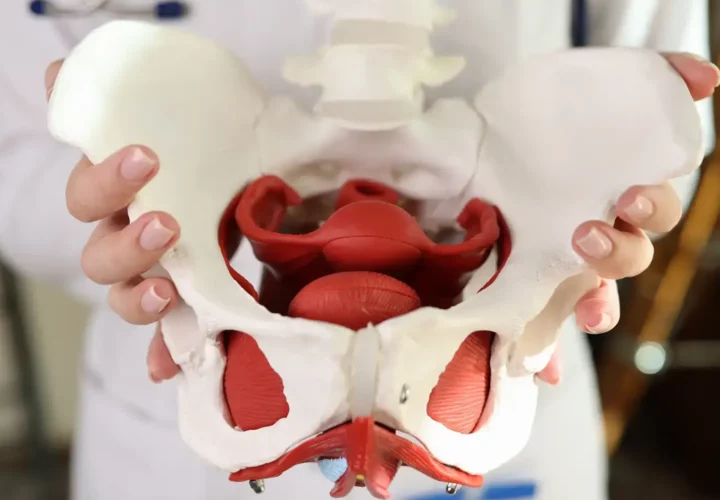One of my instructors had a great saying once, and I loved it. “If you’re holding a hammer, even screws start to look like nails”. She was reminding us that we need to be critical in application of our interventions, and make sure that we treat each individual case with treatments tailored specifically to the patient and their unique presentation of their case, and not to cookie cutter any of our treatments.
Take, for example, back pain treatments. The “Gold Standard” for a very long time was to train abs. Now you will see a lot of therapists look at any patient with back pain and they immediately start to give out planks and transverse abdominus exercises like candy on Halloween! The problem is, the study that looked at abdominal strength in people with back pain made a giant error! It looked at a bunch of people already in pain, and saw that when we asked them to turn their abdominal on, they had some trouble. We then decided “well then the weak abs must be causing the pain!”
As it turns out, that assumption wasn’t correct. What we found out later was that the massive pain people were in was preventing them from being able to turn their muscle on, not the other way around. That makes a lot of sense when you think about it. If I have a massive bruise on my arm, it’s hard to move my arm, but being weak didn’t cause the bruise, the bruise caused the weakness. This actually may explain why these treatments did not show great effect at resolving patient pain either. We were basing them off an erroneous explanation!
So…what should we be doing for your back pain if it’s not planks and stabilization? The answer, of course, is “it depends”. Back pain is a beast of various presentations and causes, some complex and some simple. A good evaluation should help a lot in determining what specifically you need to do. Odds are, it’s going to be very different then the person next to you! That’s good! And an individualized approach means that we are getting better at understanding the amazing complexity that is the human body!



